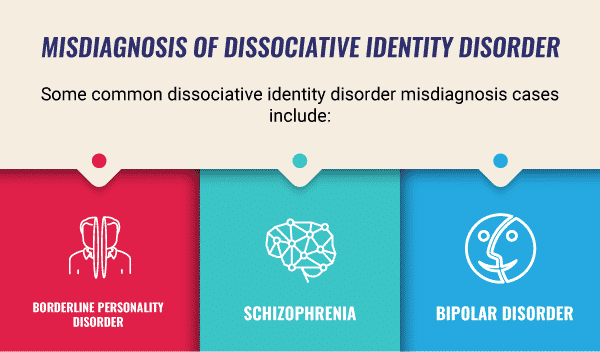
Fig. 1. IMDb.
In the 2016 movie Split, a man with 23 distinct personalities kidnaps three teenage girls and imprisons them in a secret underground lair. The man, who has dissociative identity disorder, is portrayed as dangerous because of his diagnosis. This psychological thriller sensationalizes mental illness and inaccurately portrays dissociative identity disorder – and it is not the only film to do so.
The misrepresentation of individuals with DID as dangerous and violent is common in the media, leading to the public’s fear of those with the disorder and isolating those who have received a diagnosis.
What is Dissociative Identity Disorder?
Dissociative identity disorder (DID), previously called multiple personality disorder, is characterized by the presence of two or more distinct personality identities, each with its own traits and personal history. The transitions between personalities result in changes in the individual’s behavior, consciousness, memory, consciousness, and cognition. Individuals with DID experience gaps in their memories, and some may also experience hallucinations.
DID is often the result of severe abuse or trauma, and transitions from one personality to another are often caused by emotional distress. The disorder is thought to be a coping mechanism that enables the individual to detach themselves from trauma.
Psychotherapy is the primary treatment for those with DID. Therapy focuses on merging the individual’s separate identities into a single identity, working through past trauma, and managing sudden behavioral changes.
There are many harmful misconceptions about the disorder that are perpetrated by the media.
Misconception #1: People with DID are dangerous or violent.
A DID diagnosis does not mean that an individual is dangerous. People with DID are actually much more likely to be victimized by others than to victimize them. They are also at high risk to repeatedly attempt suicide and self-harm. According to the DSM-5, 70 percent of individuals with DID have attempted suicide at least once.
In a recent study on individuals with DID, the participants reported low rates of recent criminal behavior in the last six months. Three percent of participants reported a legal charge, 1.8 percent reported a fine, and 0.6 percent reported being incarcerated.
Misconception #2: DID is a “fad.”
DID is not merely a fad. DID has been formally recognized as a disorder for over four decades. Since the 1980 publication of DSM-3, the disorder has been included in four different editions of the DSM. DID patients can be reliably and validly diagnosed with structured and semi-structured interviews.
Misconception #3: DID is primarily diagnosed in North America by DID experts who over-diagnose the disorder.
- DID is not primarily diagnosed in North America, and patients are consistently identified in outpatient, inpatient, and community samples around the world.
- DID is diagnosed by clinicians around the world with varying degrees of expertise in DID, not just by DID experts.
- DID is not over-diagnosed. In fact, most individuals who meet criteria for DID have been treated in the mental health system for 6 to 12 years before they are finally correctly diagnosed.

Fig. 2. Renzoni, Camille. The Recovery Village.
Fortunately, many have begun to correct harmful stereotypes about DID, and there is even a petition to boycott Split because of its misleading representation of DID.
Mental health is so often misunderstood in mainstream media, because we only hear about it in negative contexts where an individual committed some kind of violent crime. However, we have to recognize that the vast majority of people with mental health disorders aren’t violent. Disorders don’t cause people to do bad things, and so villainizing them does nothing but jeopardize the health of well-meaning people. This is why it’s so important to spread awareness of mental health issues, and I’m glad it’s gaining traction in today’s media.
In today’s world it seems that mental health is finally apart of the conversation, yet, its movies like these that remind how behind we truly are and how easy it is for these misconceptions to be spread. Your post did an amazing job of discussing the main misconceptions surrounding DID. I did not know that some people go 6-12 years misdiagnosed. I think discussing the misconceptions is the perfect way to create more conversations and pushing the normality of having DID. I look forward to following your blog this semester!
There is no doubt that DID is horribly misrepresented in the media. While you discuss Split, I recently watched another movie, Identity, in which an individual with DID is a serial killer. In a world in which mental health is being taken more seriously than ever, it’s important to decrease the stigma around life-altering diagnoses. Like you said, mental illness isn’t a fad and should be handled with respect for those who struggle with disorders like DID.